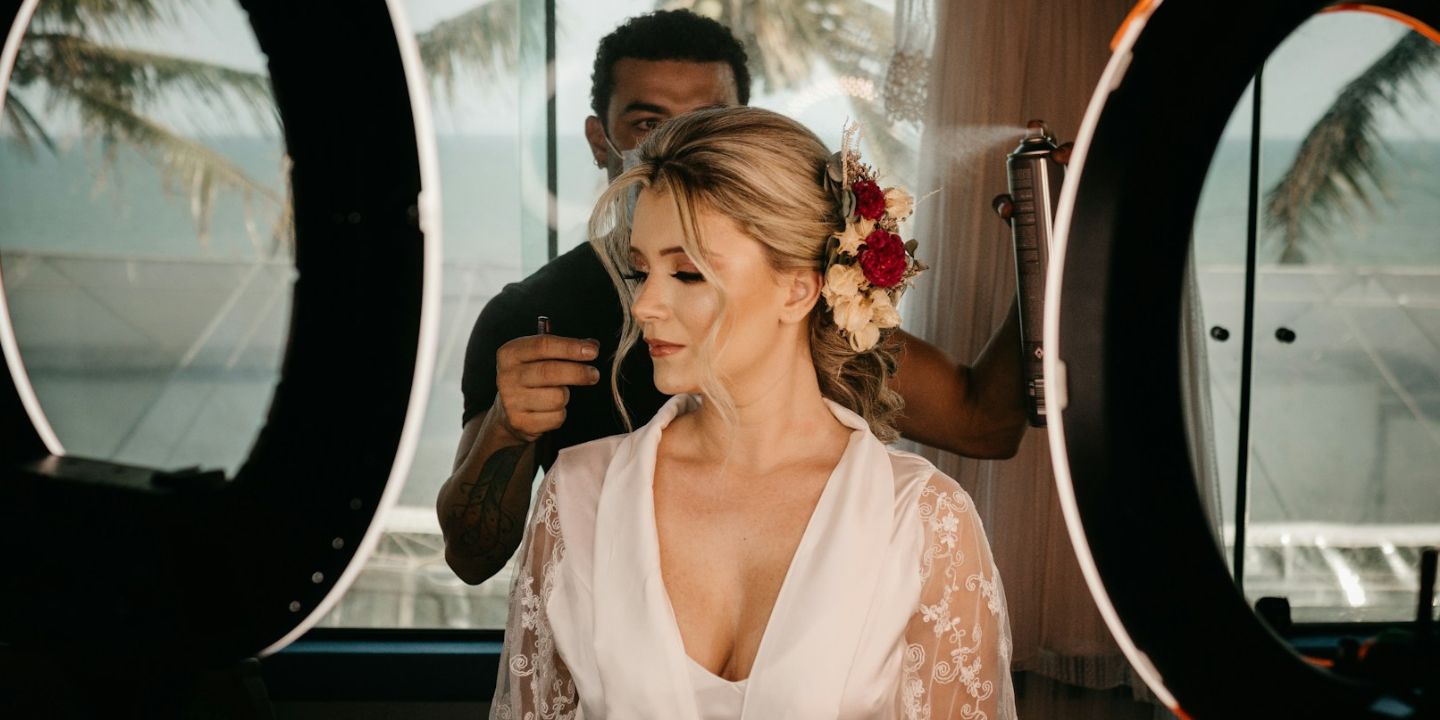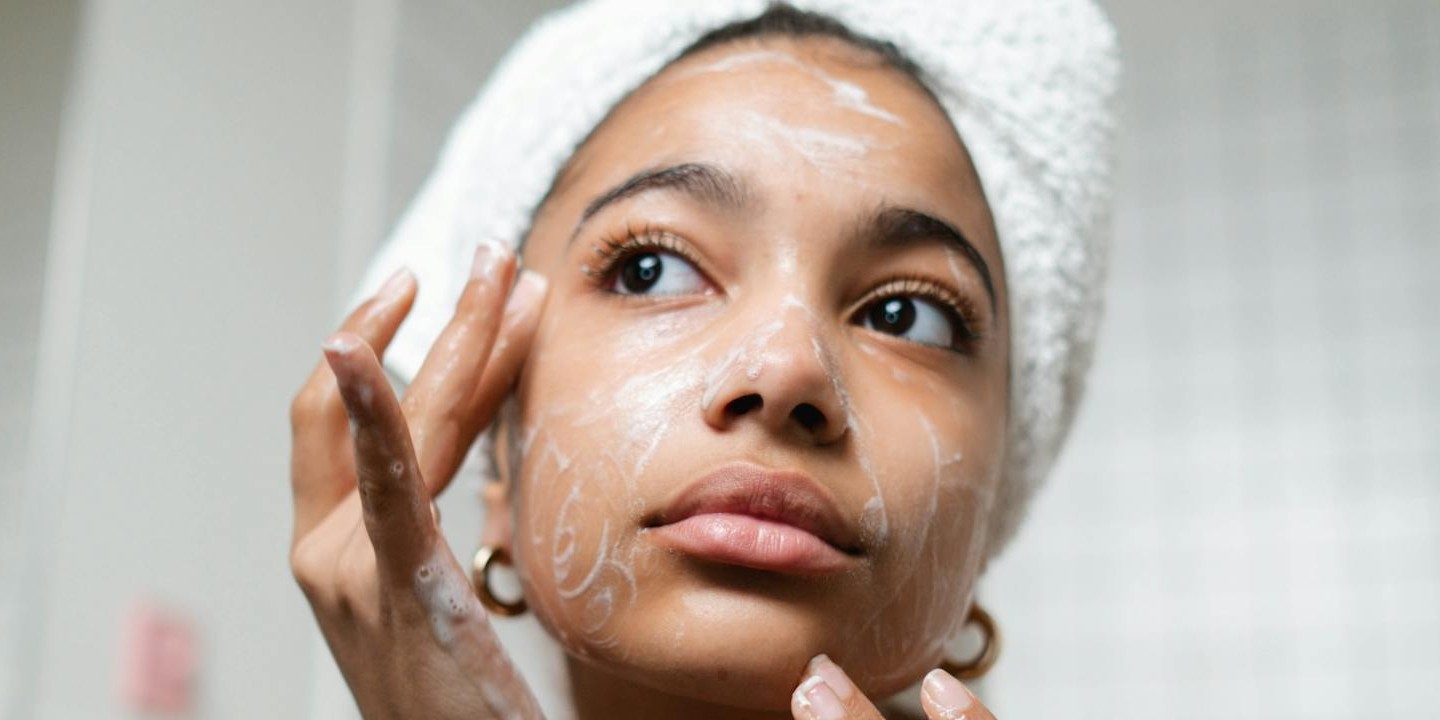Fashion's Softest And Scratchiest Secrets
When you’re in a clothing store, you'll face dozens of fabric options, each promising comfort and style. However, behind those marketing claims lies real science about how different materials interact with human skin and environmental conditions. Some fabrics naturally regulate temperature and provide lasting softness, while others trap heat and cause irritation. We'll walk you through materials that are big on comfort and those that lag behind them. Let's begin with the most comfortable fabric choices.
1. Supima Cotton
This ultra-soft fabric owes its comfort to extra-long fibers that also boost durability. Supima Cotton is highly breathable, so it keeps you cool in warm weather. Even better, it maintains its shape and color after many washes, and you'll mostly find it in high-end bedding and premium basics.
 Make your bedroom with Supima® Cotton by Affairs Living
Make your bedroom with Supima® Cotton by Affairs Living
2. Bamboo Viscose
Bamboo viscose is a smart choice if you've got sensitive skin or deal with allergies. The moisture-absorbing ability beats out cotton, and it adjusts well to body temperature changes. Depending on how it’s produced, it can also offer a more eco-conscious alternative without compromising comfort.
 Everything you need to know about Viscose by Sew Me Sunshine
Everything you need to know about Viscose by Sew Me Sunshine
3. Modal
Because it's made from beech tree pulp, Modal naturally delivers softness that lasts. It doesn't just feel great; it also absorbs more moisture than cotton while resisting shrinkage. You'll notice that it keeps both its brightness and shape through everyday wear and washes.
 Modal Fabric Video by Core Fabrics
Modal Fabric Video by Core Fabrics
4. MicroModal
It's easy to see the difference instantly—MicroModal is finer and softer than its standard counterpart. Lightweight and ultra-breathable, it feels like a second skin. The stretchy strength also keeps it wrinkle-resistant, which makes it a top choice for premium T-shirts, underwear, and other close-fitting essentials.
 Micro Modal Jersey by Discovery Fabrics & Discovery Trekking Outfitters
Micro Modal Jersey by Discovery Fabrics & Discovery Trekking Outfitters
5. Tencel Lyocell
Sourced from eucalyptus pulp, this fabric combines sustainability with luxurious comfort. Tencel Lyocell manages sweat efficiently, keeping you dry in humid conditions. It also blocks odor and bacteria naturally, so it stays fresher longer without needing constant washing—perfect for low-maintenance, high-comfort living.
 Tencel Lyocell Satin Collection | Core Fabrics by Core Fabrics
Tencel Lyocell Satin Collection | Core Fabrics by Core Fabrics
6. Cashmere
Cashmere offers unmatched softness with surprising warmth for how light it feels. This fabric’s ultra-fine fibers rarely cause irritation, which makes it ideal for layering close to the skin. What's more, it improves with age and grows softer over time to deliver that cozy luxury.
 Italian Wool & Cashmere Blend Suiting Dress Fabric by Minerva
Italian Wool & Cashmere Blend Suiting Dress Fabric by Minerva
7. Silk
Few fabrics feel as effortlessly smooth as silk. Since it reduces friction, pillowcases made out of it help protect both face and hair during bedtime. Hypoallergenic and moisture-absorbent, it also regulates temperature year-round—all while draping elegantly and feeling light as air against your body.
8. Jersey Knit Cotton
Soft and easy to wear, jersey knit cotton works well for everything from tees to pajamas. It lets your skin breathe and dries fast, so you stay comfortable. Plus, it bounces back after washing, resisting wrinkles and holding its shape through repeated use.
 Cotton Single Jersey Knit Fabric by Minerva
Cotton Single Jersey Knit Fabric by Minerva
9. Baby Alpaca
This fabric is a staple in luxurious and breathable cold-weather clothing. Unlike traditional wool, baby alpaca offers serious warmth without the weight. It's completely lanolin-free, which makes it a dream for sensitive skin. You won't deal with itchiness either—it's famously soft.
 Royal Baby Alpaca and Yak wool by Wooly Yarn
Royal Baby Alpaca and Yak wool by Wooly Yarn
10. Linen
Ideal for hot, sticky climates, linen delivers breathable comfort through its naturally hollow fibers. It resists dust and bacteria while actually becoming softer over time. The fabric gets stronger when wet and is a go-to for summer dresses, relaxed shirts, and warm-weather suits.
 Basic Tips for Sewing with Linen Fabric by Pins n Patterns
Basic Tips for Sewing with Linen Fabric by Pins n Patterns
On the flip side, some fabrics bring more irritation than ease. Let's check them out next.
1. Polyester
While polyester turns up everywhere—from fast fashion to activewear—comfort is rarely part of the deal. This synthetic fabric traps heat and blocks airflow, leaving you sweaty and stinky. It may be low maintenance, but your skin pays the price.
 Dye Polyester Fabric for your Cosplay by Lightning Cosplay
Dye Polyester Fabric for your Cosplay by Lightning Cosplay
2. Nylon
What starts as smooth and sporty quickly becomes clingy and damp. Nylon loves to stick when you sweat, and that slippery feel doesn't exactly scream pleasant. Extracted from crude oil and chemicals, the fabric often crackles with static and lacks the softness your skin craves.
 Your Guide to Nylon Fabrics by OnlineFabricStore
Your Guide to Nylon Fabrics by OnlineFabricStore
3. Acrylic
Acrylic might pass for cozy wool from afar, but up close, it's another story. The fibers feel scratchy and hold on to heat and sweat. Pilling and shedding are also common issues, and those with sensitive skin often find themselves itching before the day's even done.
4. Rayon
Soft at first touch, rayon makes a strong first impression—then falls apart. It is delicate when damp, clings in humid weather, and wrinkles with minimal effort. Though commonly used in flowy pieces, the chemical-heavy production and fragile nature make it a short-lived comfort.
 Rayon Fabric for Summer Dresses by Charu Creation Pvt. Ltd.
Rayon Fabric for Summer Dresses by Charu Creation Pvt. Ltd.
5. Chiffon (Polyester-Based)
Looks can be misleading, especially with chiffon. The polyester-based fabric, often seen in special-occasion outfits, clings due to static and lacks breathability. Its transparency even adds styling challenges, making layering essential if you're aiming for comfort without sacrificing modesty.
6. Neoprene
Neoprene was made for wetsuits, not wardrobes. This fabric is thick and rubbery with zero airflow. Not only does it trap heat, which locks in sweat, but it also grows heavier the longer it's worn. What starts as a bold fashion choice can quickly become a hot, sticky regret.
 How to Sew With Neoprene by Professor Pincushion
How to Sew With Neoprene by Professor Pincushion
7. Tulle
There's nothing cozy about this mesh-like material. Tulle shows up in ballet skirts, bridal veils, and costume designs, but never in comfort-first clothing. The rough texture irritates skin during movement, and even after repeated use, the fabric stays stiff and decorative rather than wearable.
8. Brocade
Heavily decorative and tightly woven, brocade only brings drama to a garment. Its metallic threads and synthetic blends often irritate skin, especially over time. There's also little give or airflow, and once you heat up, the fabric traps it all close to your body.
 Stretch Brocade Fabric by Minerva
Stretch Brocade Fabric by Minerva
9. Organza
Organza looks light and floaty, but the experience is far from soft. Commonly used in evening gowns and overlays, its sheer surface hides a harsh texture that scratches skin easily. With no insulation and frequent snagging, comfort is rarely part of the experience.
 Rainbow Crystal Organza Fabric by Minerva
Rainbow Crystal Organza Fabric by Minerva
10. Crinkled Taffeta
This fabric doesn't hide its personality—loud, stiff, and hard to move in. The plasticky surface rustles with every step and feels rough on the skin. It also wrinkles easily and offers no stretch, which makes comfort nearly impossible, no matter how stylish the cut.













